Those familiar with the intricacies of fleet management understand the necessity of safety, efficiency, and innovation within this field. This need led to the advent of modern dashcam technology, which helps improve operational efficiency today.
Modern dashcams have grown from basic recording devices to smart travel companions.
What was formerly used to capture evidence for insurance claims and traffic disputes, now relies on AI (Artificial Intelligence) for enhanced driver assistance, real-time insights, and predictive alerts. It's like having an extra set of eyes watching out for danger, actively protecting your fleet. But how do AI dashcams differ from traditional models, and what makes them so effective?
In this article, we will take a closer look at AI dashcams, exploring their advanced features, benefits, and their profound impact on modern fleet management operations.
Let’s get started.
The Evolution of Dashcams and the Role of AI
From Basic to Smart Dashcams
Dashcams have come a long way since their introduction. Initially designed to passively record footage, these devices provided basic functionality for resolving disputes after an accident. However, as vehicle technology advanced, the demand for more intelligent, proactive safety tools grew. This is where AI entered the picture.
The Introduction of AI
Artificial intelligence (AI) was integrated into dashcams to meet modern drivers' needs for better situational awareness and predictive capabilities.
AI processes live video feeds in real time, using algorithms to detect potential hazards, monitor driver behavior, and provide actionable feedback. With AI, dashcams have become a tool not just for recording but for preventing accidents before they happen.
How AI Transforms Dashcams
AI has revolutionized dashcams by enabling smart alerts, object recognition, and driver monitoring. Instead of just recording data, AI-enabled dashcams analyze it and act on it.
This is why modern dashcams are now considered essential safety tools rather than mere recording devices.
Key AI Features in Modern Dashcams
Forward Collision Warning
One of the most significant AI advancements in dashcams is real-time collision detection. These dashcams continuously analyze traffic patterns and the vehicle's speed, calculating the likelihood of a collision. If the AI detects an imminent danger, such as another car approaching too fast or a potential rear-end collision, it will issue a warning to the driver, allowing them to take preventive action.

For example, some dashcams use GPS and speed data to assess whether you're too close to the vehicle ahead and alert you with both visual and audio cues. This feature can significantly reduce the chances of accidents in heavy traffic or highway driving.
Lane Departure Warning
Lane departure is one of the most common causes of highway accidents. AI-powered dashcams equipped with lane departure warning systems use image recognition to track the car's position within the lane. If the system detects that you're unintentionally drifting out of your lane, it issues an immediate alert, giving you time to correct your path.
This feature is particularly valuable for long-haul drivers or those prone to fatigue, as it provides an extra layer of security in maintaining proper lane discipline.
Driver Monitoring Systems
AI-driven driver monitoring systems (DMS) are designed to track the driver’s attention and detect signs of fatigue or distraction. By using facial recognition and eye-tracking technologies, AI dashcams can determine whether the driver is drowsy, looking away from the road for too long, or showing other signs of inattention. If the system detects risky behavior, it can sound an alert or even trigger automatic responses, such as slowing down the vehicle.
This feature is especially useful for commercial drivers or long-distance travelers, where staying alert is critical for safe driving.
Automatic Incident Detection and Reporting
AI-powered dashcams are equipped with sensors that detect unusual driving patterns, such as sudden braking, sharp turns, or collisions. When an incident is detected, the dashcam automatically saves the footage and flags it for easy retrieval. Some systems even send immediate notifications to the driver or designated emergency contacts, providing rapid response in the event of an accident.
This functionality is vital for fleet management and ride-sharing services, ensuring that any accidents are quickly reported and reviewed.
Object and Pedestrian Detection
Using AI to recognize objects and pedestrians is one of the most cutting-edge developments in dashcam technology. These dashcams can differentiate between vehicles, pedestrians, and stationary objects, offering targeted alerts when necessary. In urban environments where pedestrian accidents are more common, this feature can serve as an additional safeguard, helping drivers avoid accidents.
For example, some AI dashcams provide audible warnings if a pedestrian is detected crossing the street in front of the vehicle, potentially preventing life-threatening collisions.

The Benefits of AI-Powered Dashcams
Enhanced Road Safety
AI in dashcams can significantly reduce the risk of accidents by predicting and preventing hazardous situations before they escalate. Features like real-time collision detection, lane departure warnings, and driver monitoring ensure that drivers have the information they need to make quick, informed decisions on the road.
Insurance and Legal Support
AI-driven dashcams don’t just enhance safety; they also provide critical evidence in the event of an accident. Video footage paired with AI-detected driving patterns can be used to support insurance claims or legal disputes, offering irrefutable proof of what occurred during an incident.
Increased Efficiency for Commercial Fleets
For fleet managers, AI-powered dashcams provide valuable data on driver performance, helping to reduce accidents and improve safety protocols. Monitoring driver behavior with AI also helps minimize risks and lower insurance costs for companies.
User Experience
With intelligent features and an intuitive interface, AI-powered dashcams make the driving experience smoother and less stressful. Drivers can focus on the road, knowing that their dashcam is constantly monitoring for any risks or incidents.
Check out Akeeyo if you are looking for the best AI dashcam.
The Future of AI in Dashcams
Upcoming Trends
As AI technology advances, we can expect even more sophisticated features in dashcams, such as predictive analytics and cloud-based AI systems that provide continuous updates and improvements. Future dashcams might also integrate with Advanced Driver Assistance Systems (ADAS), offering full-scale driverless capabilities.
Potential for Full Autonomy
AI in dashcams could be the stepping stone toward fully autonomous driving, where dashcams not only monitor but control vehicles in conjunction with AI traffic management systems.
Challenges to Overcome
However, there are still challenges to address, including data privacy concerns, the reliability of AI in complex driving situations, and ethical questions surrounding AI decision-making during emergencies.
Conclusion
The integration of AI into modern dashcams is transforming the way we drive, making our roads safer and driving experiences smarter. With features like real-time collision detection, driver monitoring, and object recognition, AI-powered dashcams are setting new standards in road safety. Whether you're a commercial driver or a daily commuter, upgrading to an AI-enabled dashcam could be one of the most impactful decisions you make for your driving experience.
Explore the latest AI dashcams and upgrade your driving experience today!
Read also: Dash Cams vs. Traditional Car Security Systems: Which is Better?


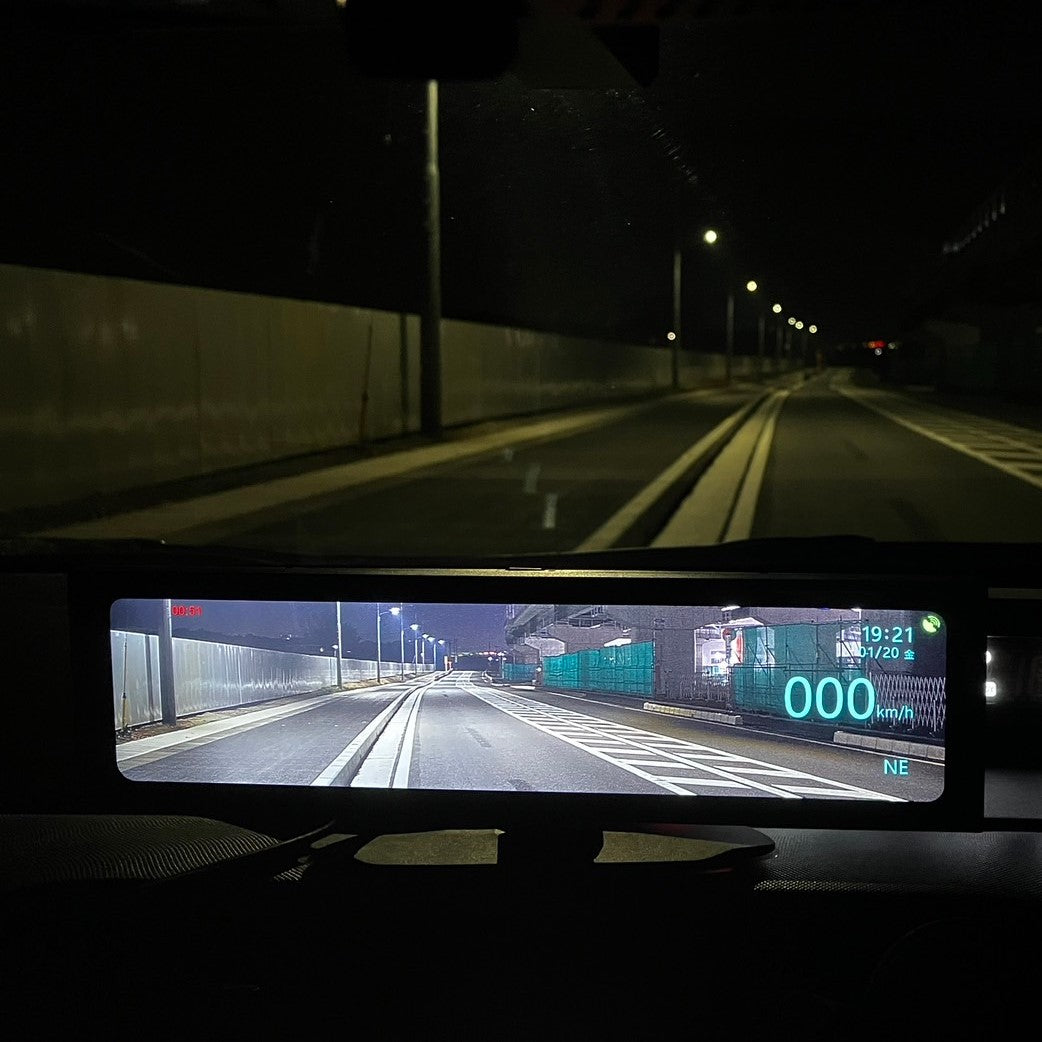
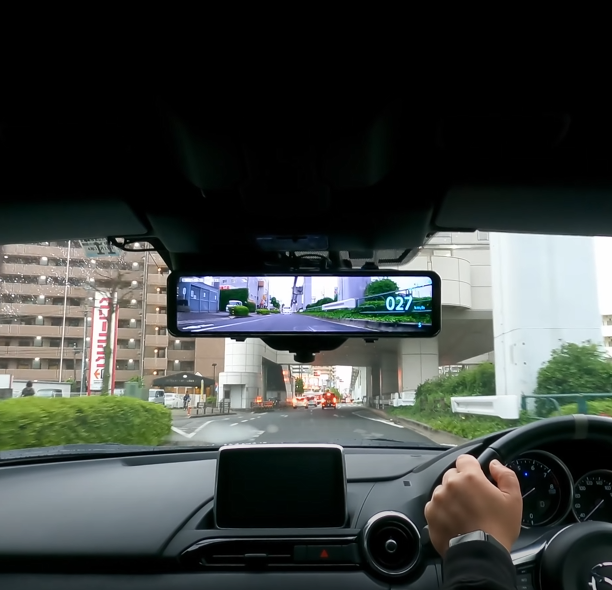

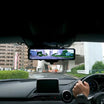

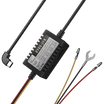





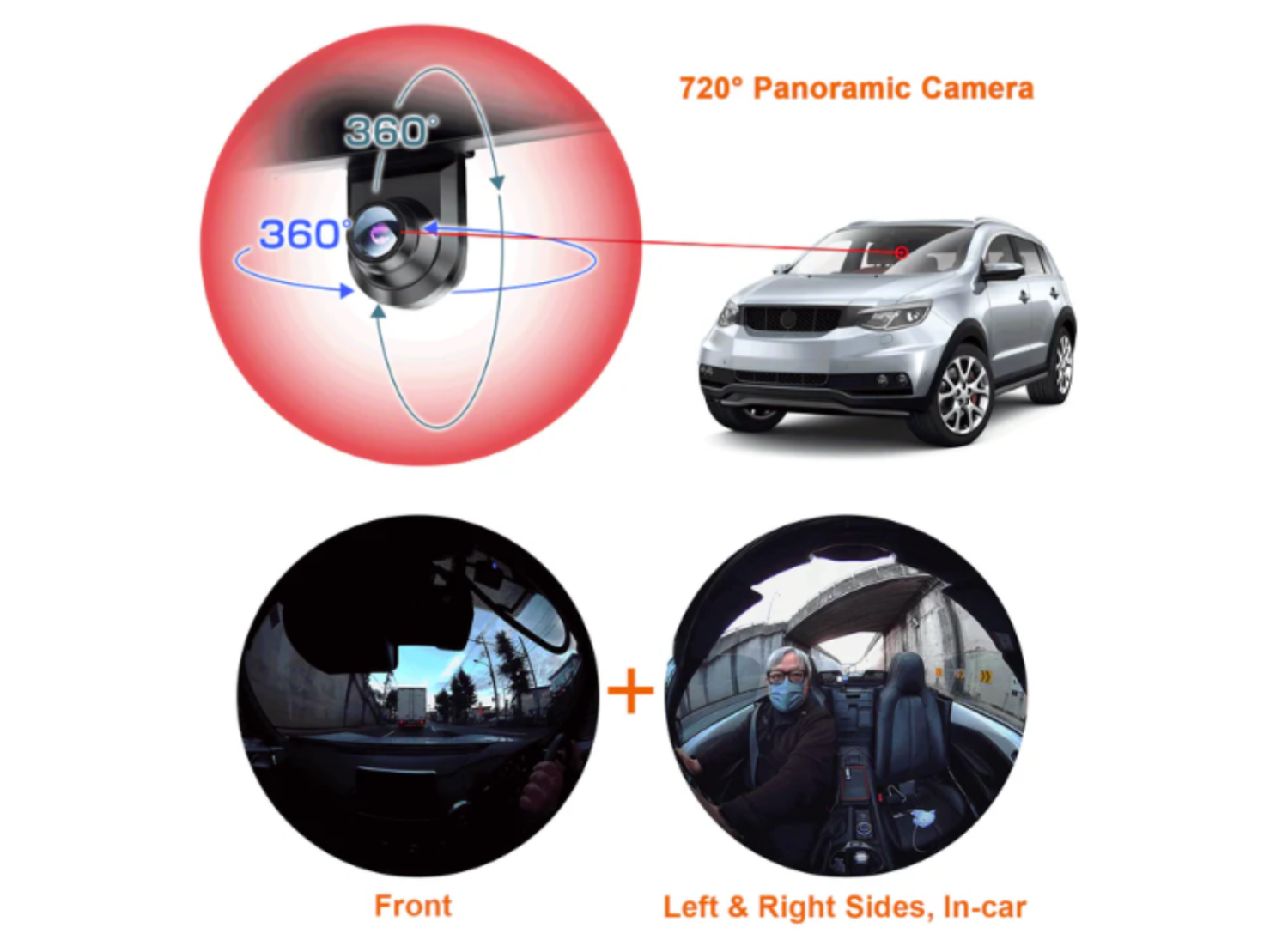

Leave a comment
All comments are moderated before being published.
This site is protected by hCaptcha and the hCaptcha Privacy Policy and Terms of Service apply.